KOKUYO DESIGN AWARD 2024 Report
In direct response to the theme,
the awards were given to powerful works that redefine “essence.”
On March 16, the final judging for KOKUYO DESIGN AWARD 2024 was held. One Grand Prix winner and three Merit Award winners have been selected. Out of the 1,480 works (876 from Japan and 604 from overseas), Tasuku Denno’s “You Shape” was selected as the Grand Prix.
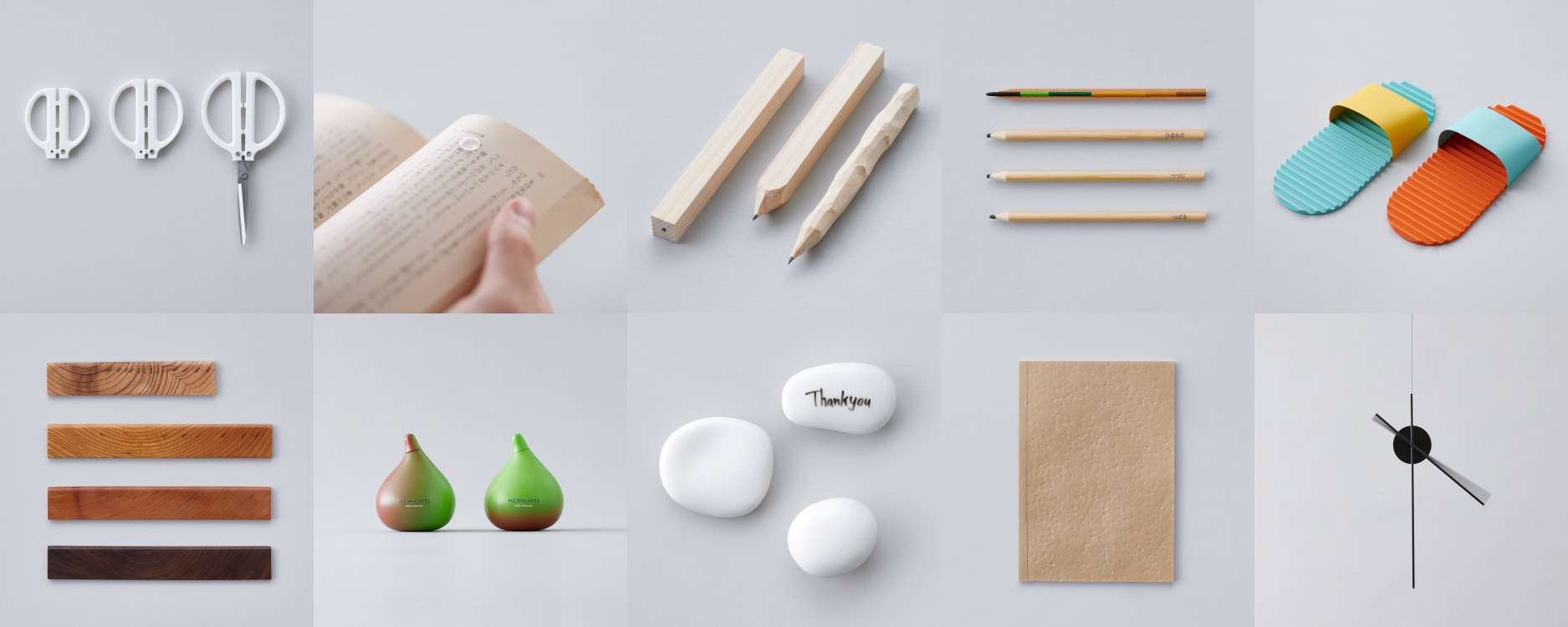
The KOKUYO DESIGN AWARD 2024 marks its 21st award. The theme of this year’s award, “primitive” is a word that describes the “original” state, close to nature, the bare form before it is polished, refined, or developed, or the “primordial” state,
which predates artificial touches (from the award’s outlines). For this year’s KOKUYO DESIGN AWARDS, we interpreted “primitive” as a “redefined essence” and sought proposals that would explore what “primitive” means to each of us and remain the “essence” of the future. In response, we have received 1,480 works. The number of entries increased approximately 1.5 times compared to last year, reaching 876 submissions, an increase of 361 from last year, particularly in Japan, indicating a high level of interest in the theme.
The Grand Prix is a product that you can make into whatever shape you want.
The final judging was held on March 16 at the hall “CORE” in “THE CAMPUS” in the Tokyo Shinagawa office. The nine groups of finalists, excluding one online participant, gave their presentations at the venue, and the judges proceeded with questioning, evaluation, and confirmation of prototypes. The winners were voted on by the judges following private deliberations. Tasuku Denno’s work “You Shape” won the Grand Prix.
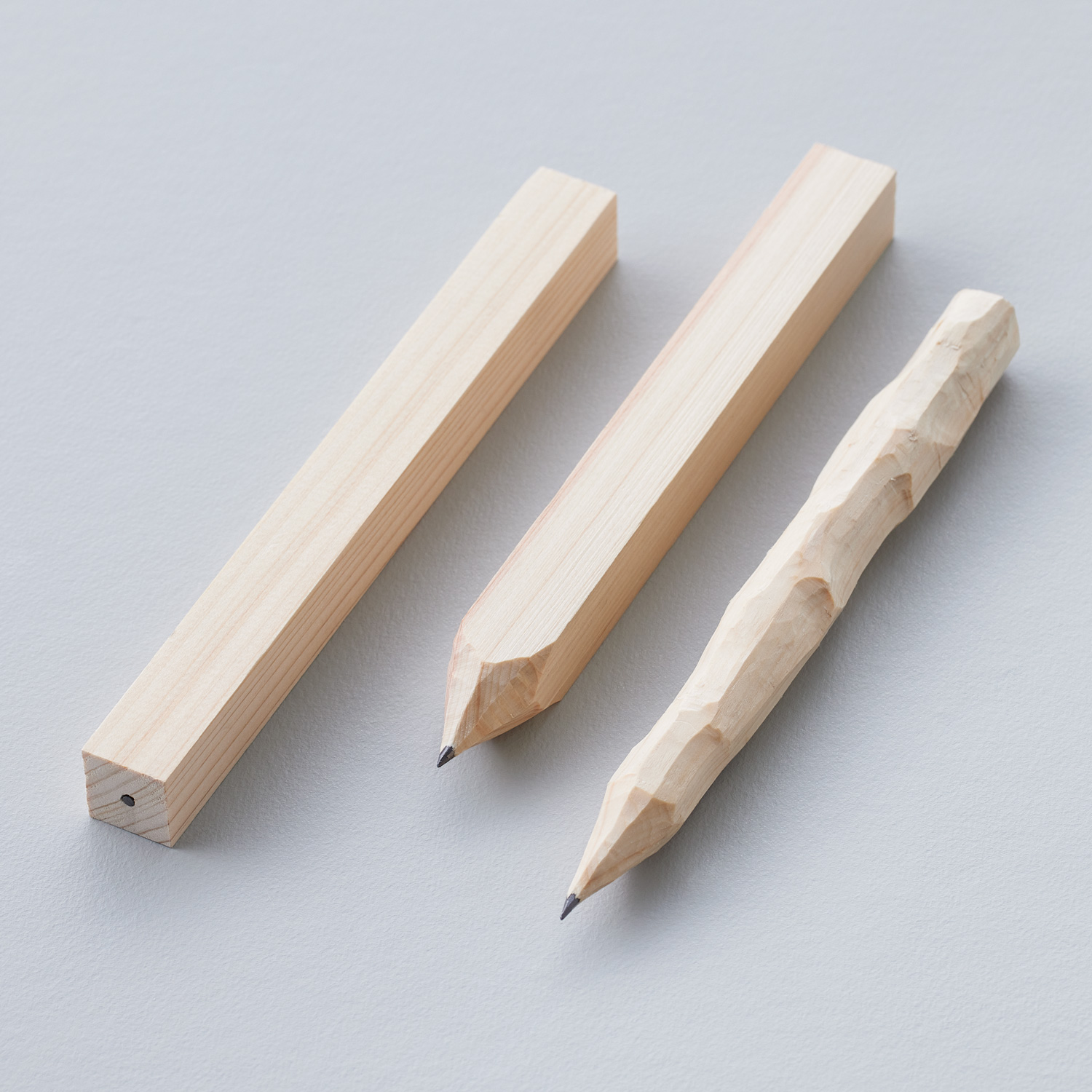
Grand Prix “You Shape”
“You Shape” is a material product that you can make into whatever shape you want. This pencil is made by sharpening a 1.5cm square stick with a core into a shape that is comfortable for you to hold. Based on his own childhood experience of finding it difficult to use standardized pencils and the way he was told by those around him to hold them correctly, Denno proposed this idea, believing that there are people who feel inconvenienced by uniform standardized products. The judges highly evaluated the clarity of the idea and its conformity to the theme, the visuals and copy that convey the concept in a straightforward manner, and the ease of use when using the prototype. On the other hand, votes were divided in the deliberation to decide the Grand Prix, and questions arose such as “Is there a broader meaning of value beyond the individual starting point?” and “Which aspects should be evaluated as design?” Denno, who won the Grand Prix after a re-vote, said, “For many years, I have desired to create products that can be shaped for each person. I am very happy to have been recognized.” He extended his gratitude his family and friends for their support, saying, “The cooperation of all those who have supported me has led to this result.”
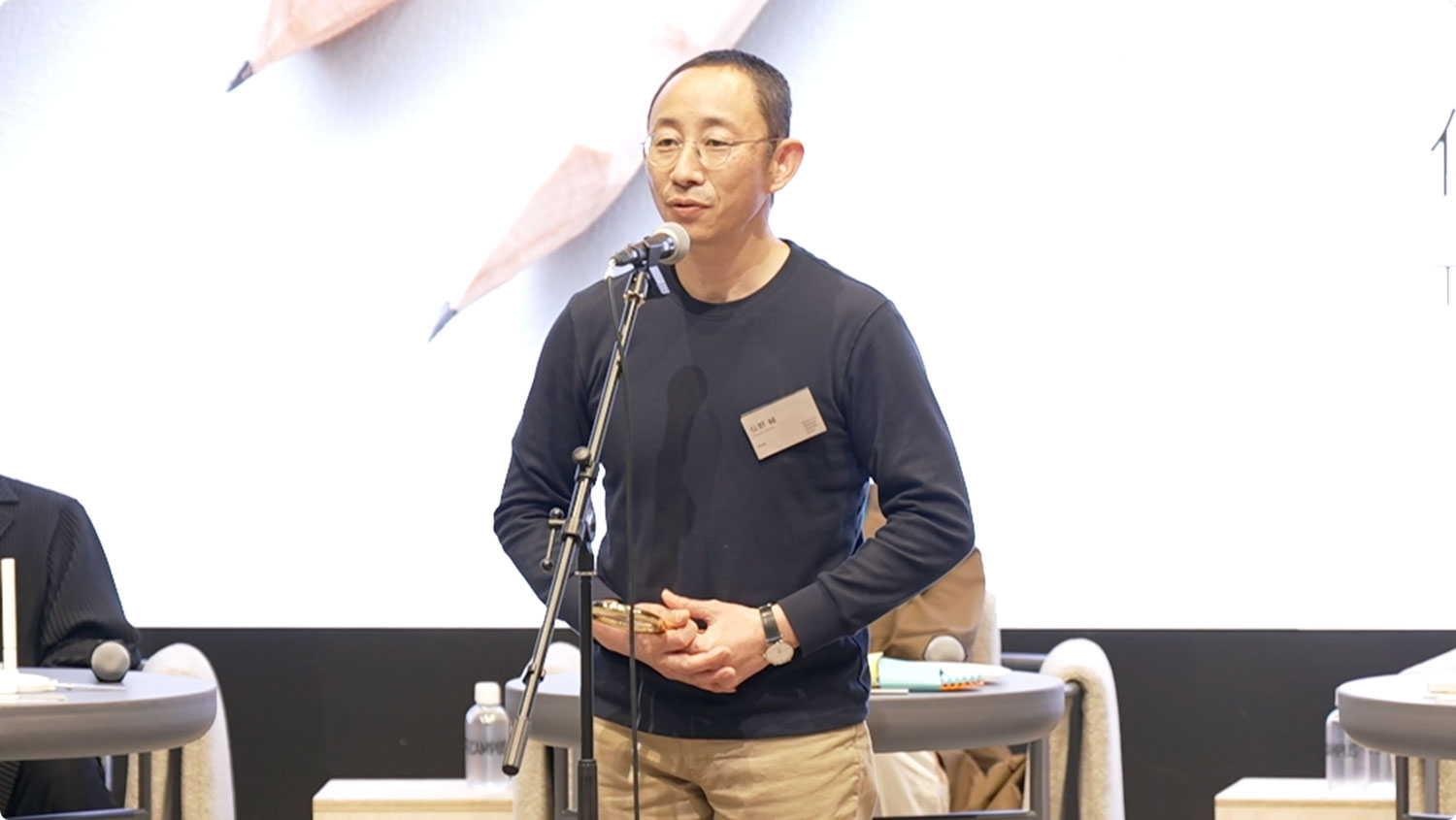
Tasuku Denno who won the Grand Prix. Thinking about how to solve his own negative experiences led to the idea of the work
Three Merit Awards
The following three works were selected for Merit Award.
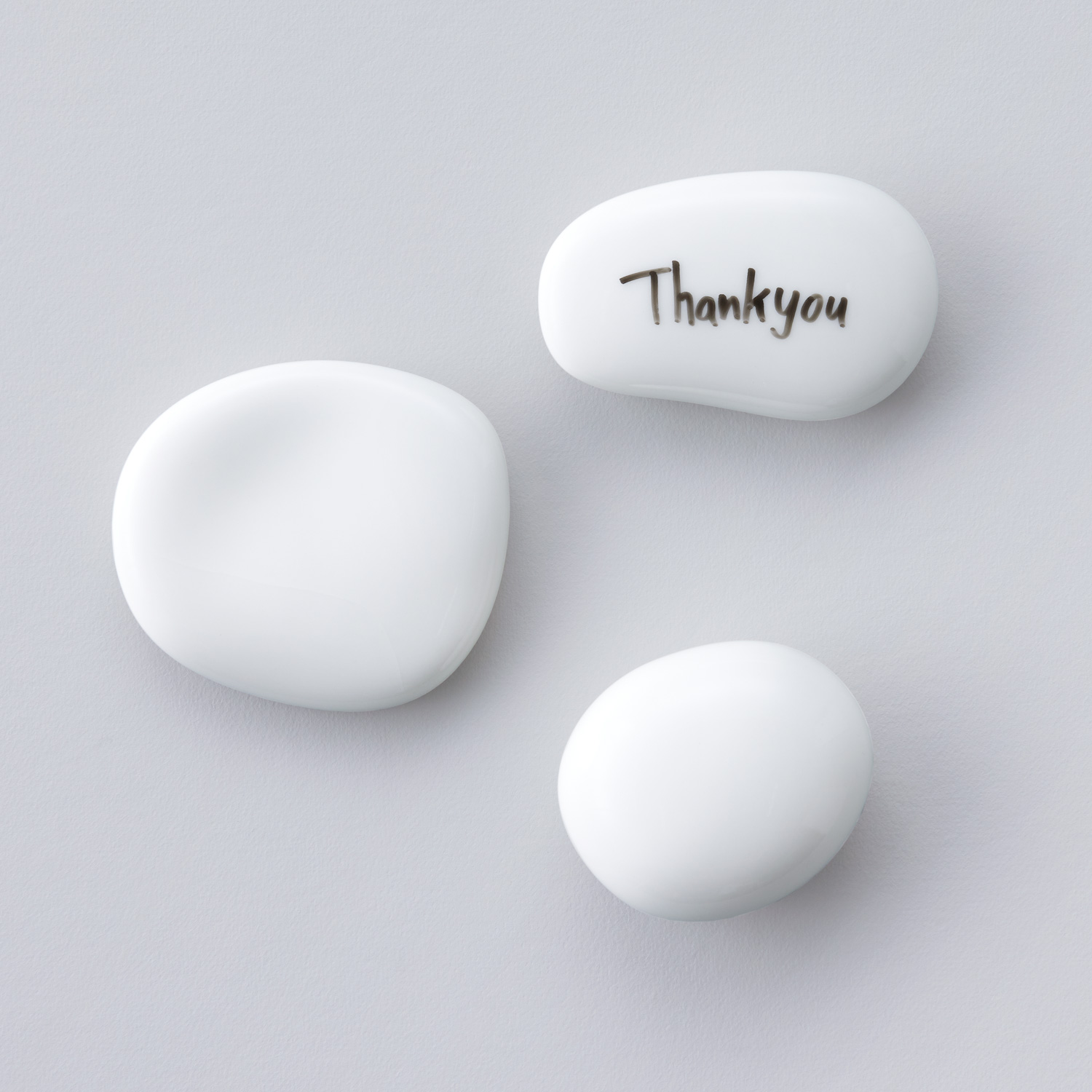
Merit Award “Memento”
“Memento” is a small whiteboard that is round like a pebble and can be used on a table. The creator, Soichiro Tanaka, introduces his intention of rethinking the relationship between people and information in the modern times after unraveling the origins of the act of “writing” on stone, clay, and animal bones in the ancient civilizations of China and Egypt. The judges highly evaluated it as “suitable for this year’s theme, which redefines the essence.” This work was also selected for the Audience Award, which is voted by online viewers.
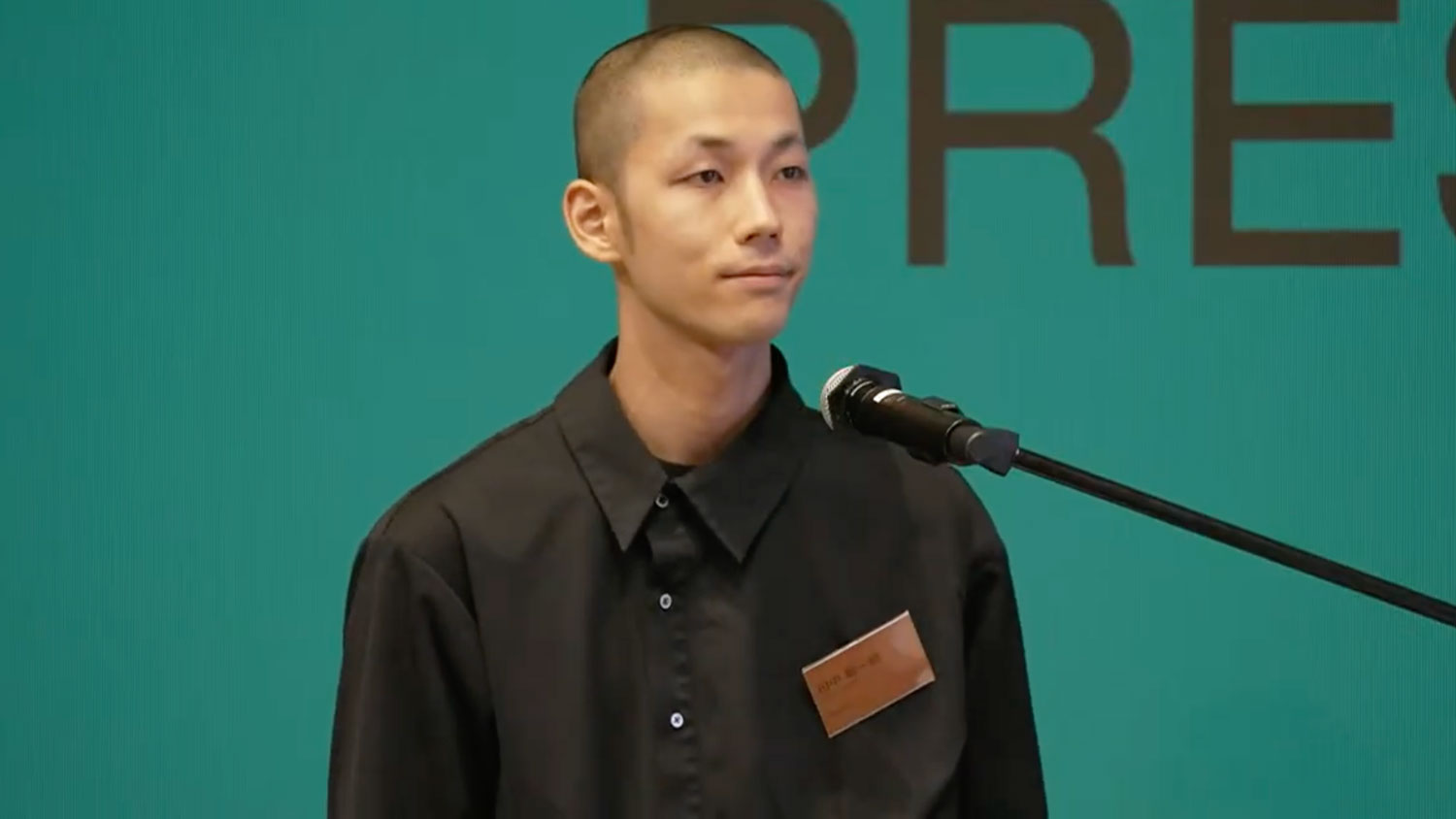
Soichiro Tanaka, the creator of “Memento.” The design was made with the concept of evoking a primitive essence despite its use in modern life
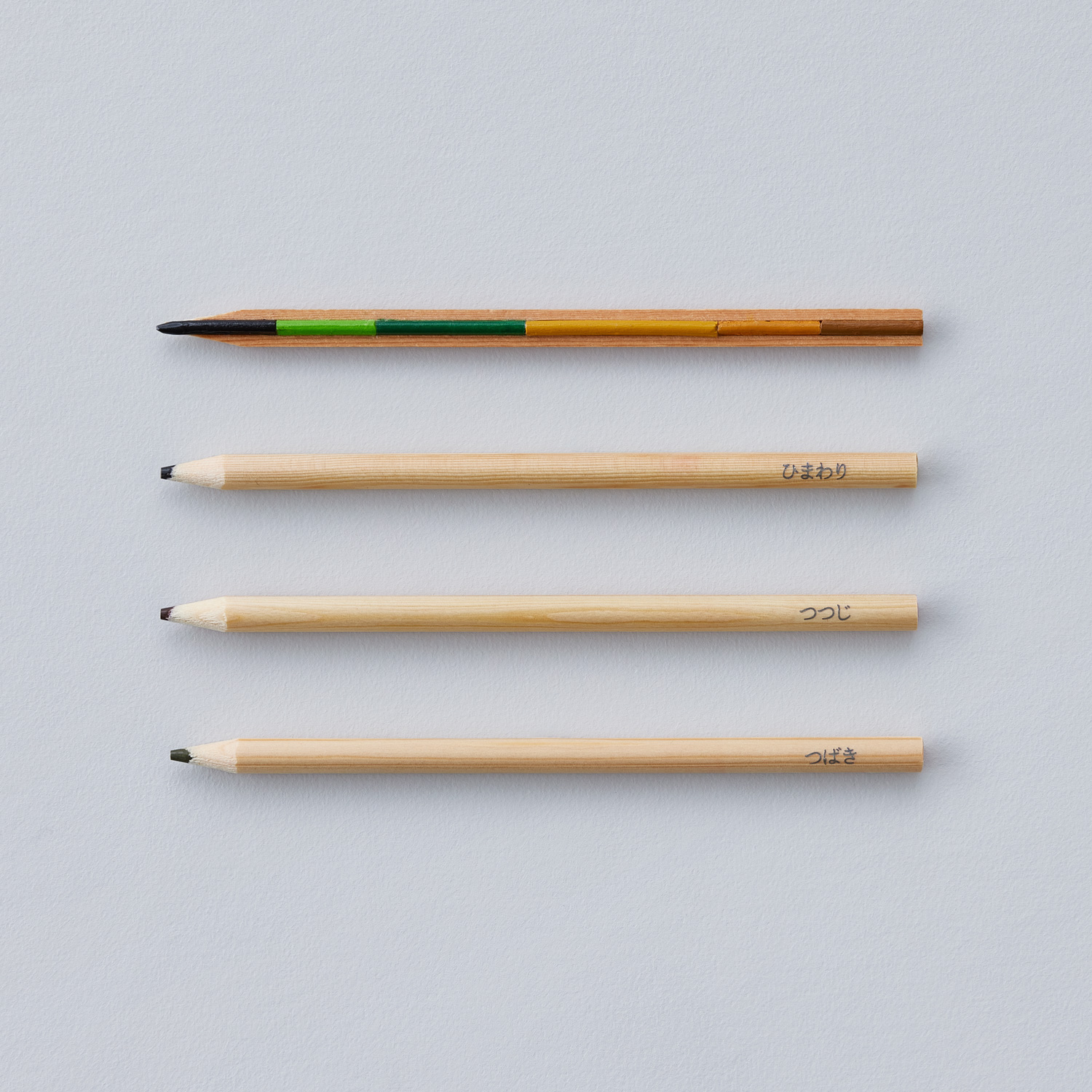
Merit Award “Color-Changing Pencil”
The “Color-Changing Pencil” expresses the life of a plant as buds emerge from seeds, leaves grow, flowers bloom, and the plant withers as the colored pencil changes colors. The creator, Ibuki Ohara, focused on Japan’s color culture, including the 72 seasons, and depicted the changing seasons through the colors of the pencils. In his presentation, he explained, “By using these colored pencils, I aim to cultivate interest in plants and imagination.” The judges expressed high expectations for the communication possibilities that could be expanded from a single colored pencil, envisioning scenes where the pencil could be given as a gift, like a flower, or used in an exchange diary.
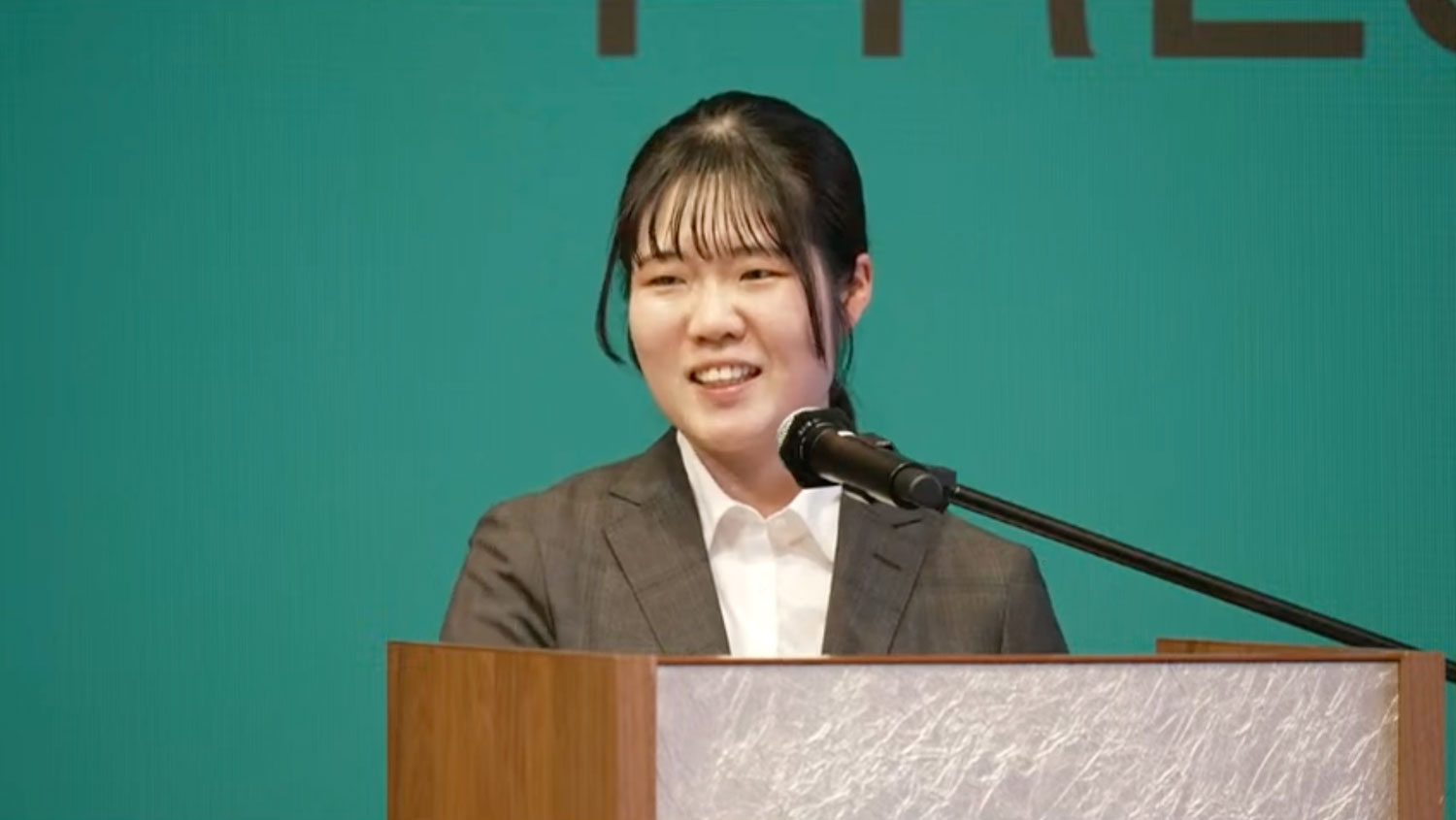
Ibuki Ohara, the creator of “Color-Changing Pencil.” She thought about the difference between Japanese and foreign sensibilities when confronted with the word “Changing” in the title
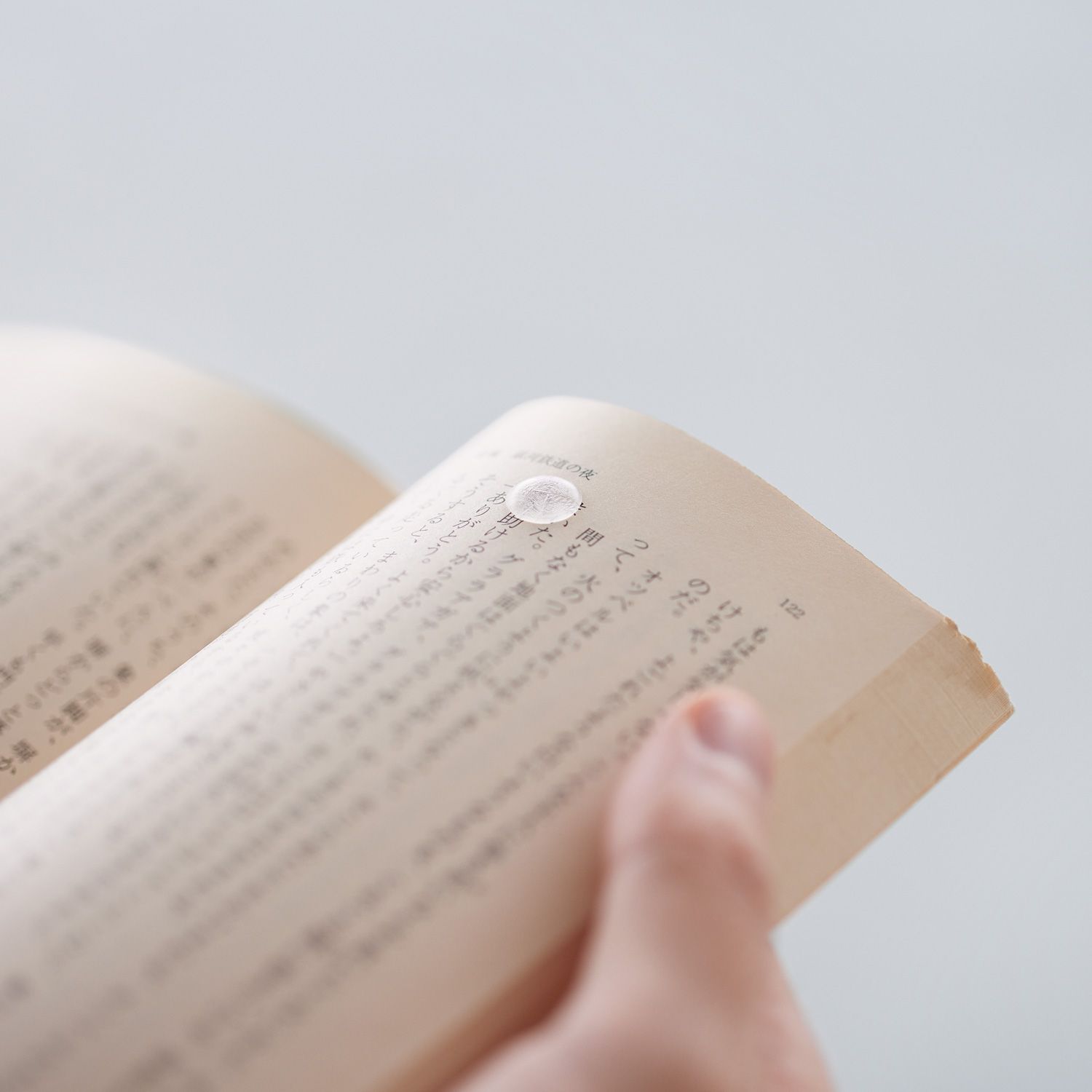
Merit Award “Drippy”
“Drippy” is a sticky note in the shape of a droplet. This work is a record of the moments when your heart was moved, like tear traces. Fukataka (Takaaki Sato, Mao Fukasawa) explained their experience of discomfort in their fingertips due to the thickness of receipts inserted in old books, inspired them to invent the sticky notes that can be placed anywhere on the inside of the paper, instead of the conventional sticky notes that protrude from books and documents. The balance between the functionality of the sticky notes and the poetic sensibility of the tear motif was highly evaluated.
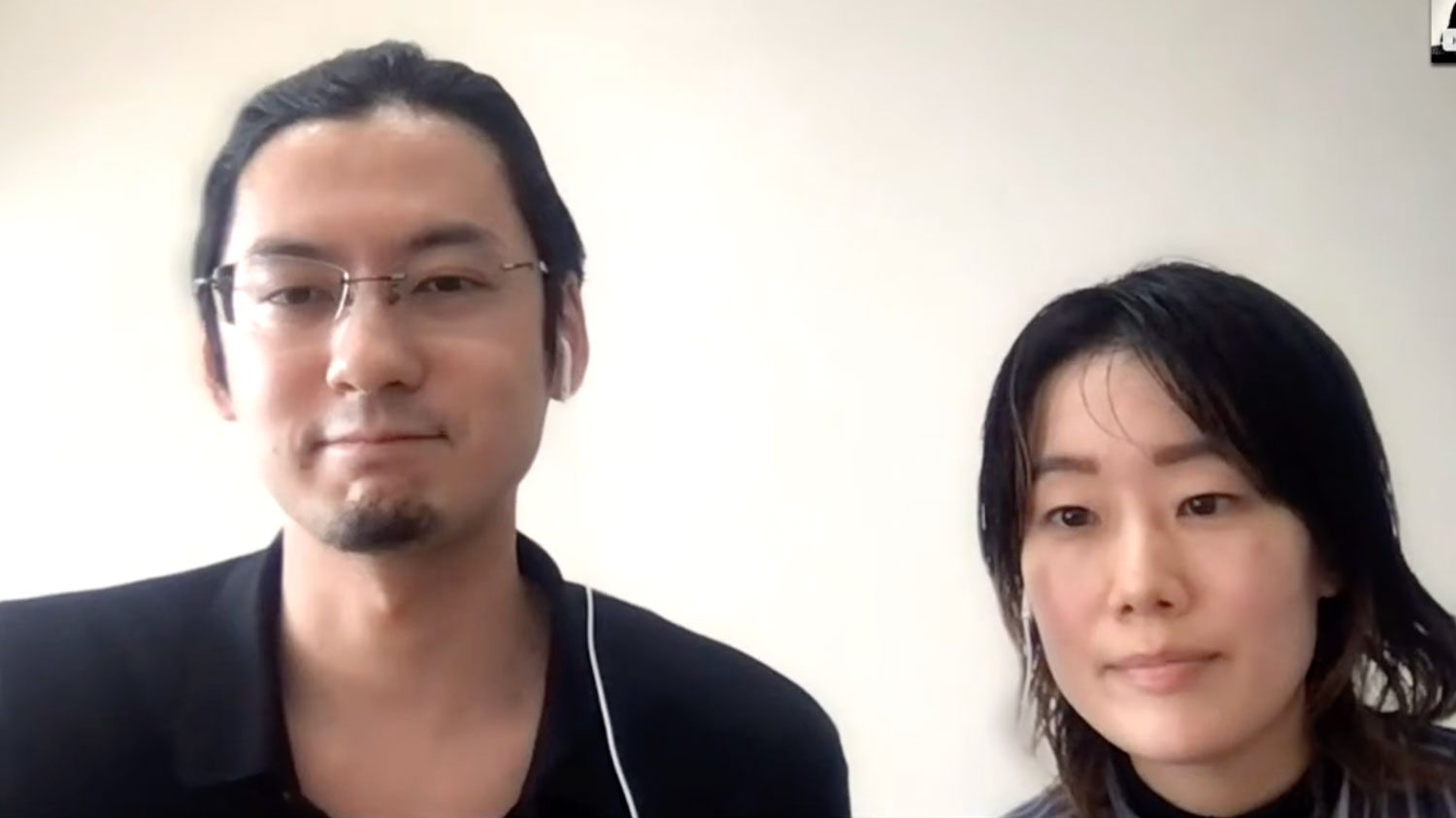
Fukataka, the creators of “Drippy” (left: Takaaki Sato, right: Mao Fukasawa) For both of them, it was an opportunity to recall the fundamental joy of design
From overseas, A STUDIO (Lyu Muzhi, Jiang Fang, Chen Yang) for “Ruler of annual rings” and W-oH (Yingqi Liu, Yuxuan Chen) for “Fig Emulsion”) were finalists in the final judging. All of them were Chinese artists, and they proposed products that directly responded to the theme, deepening the connection between people and nature and awakening the original senses. The bias in the nationality of the finalists prompted some of the judges to wonder if the word “primitive” was interpreted differently in various regions of the world.
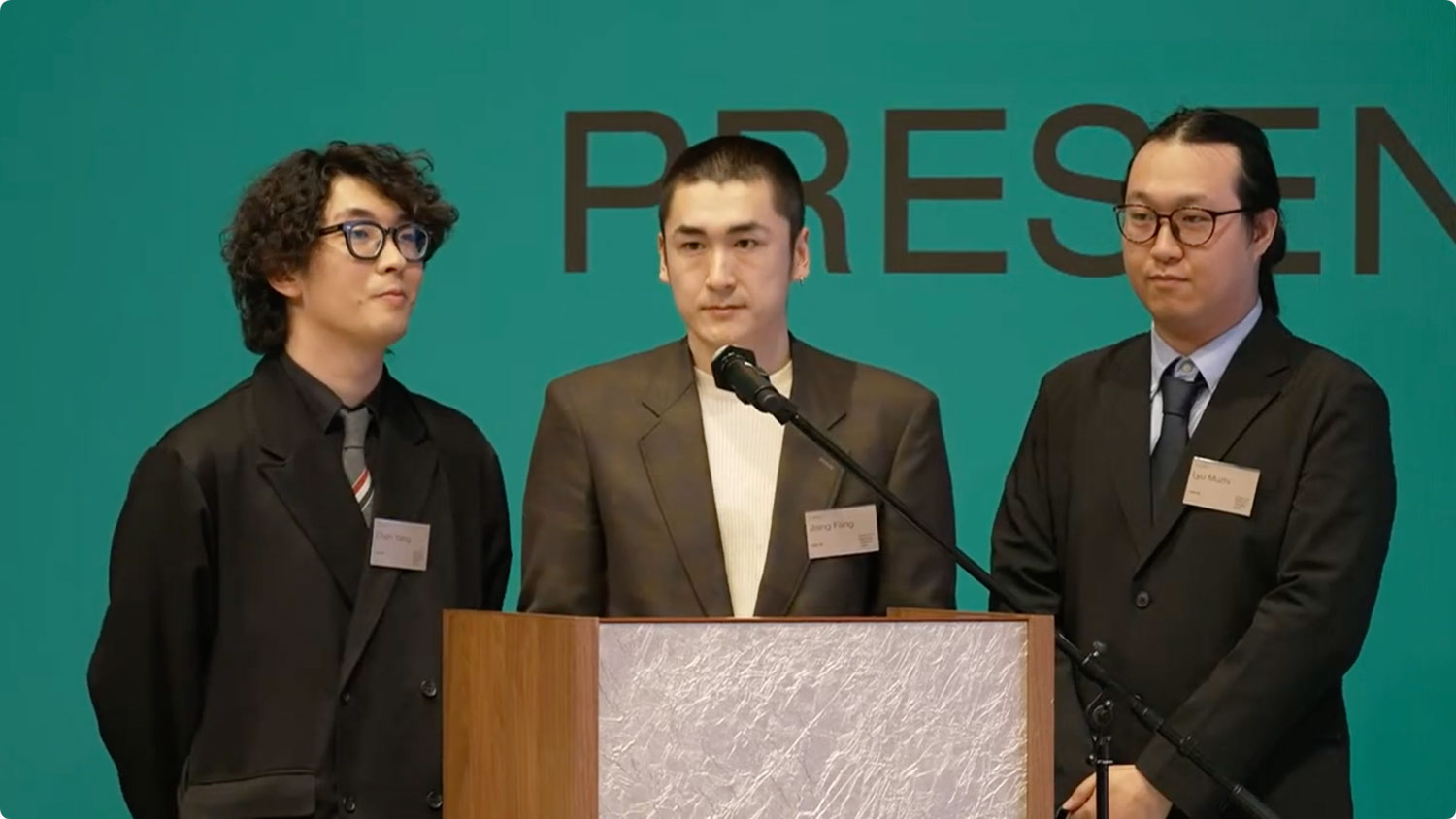
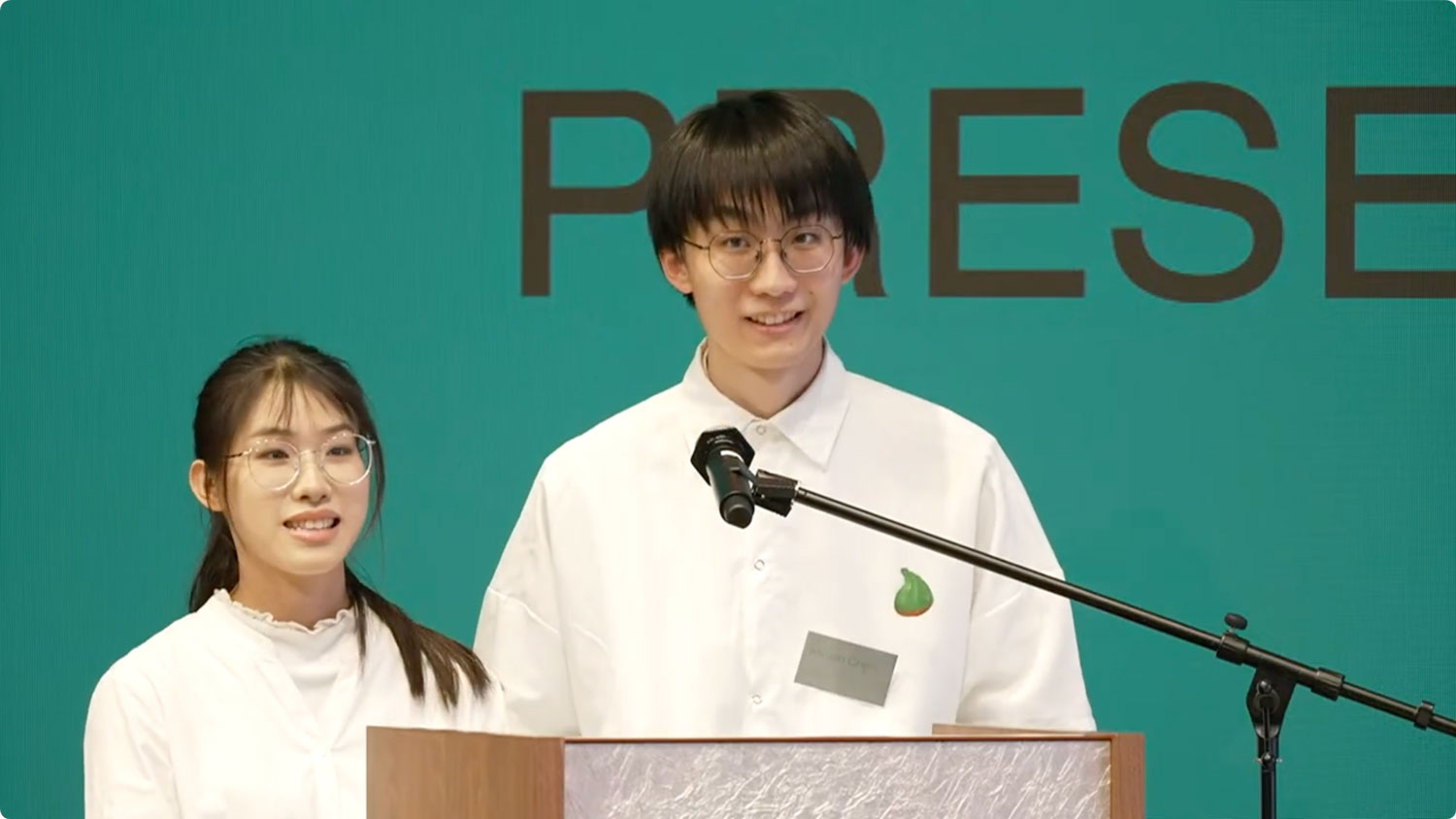
A STUDIO (Lyu Muzhi, Jiang Fang, Chen Yang) of “Ruler of annual rings” and W-oH (Yingqi Liu, Yuxuan Chen) of “Fig Emulsion.” Both groups were made up of students and young designers, and they introduced works full of sensibility and poetic sentiment
This year’s competition also provided an opportunity to reaffirm the importance of presentation, as there were frequent occasions when evaluations changed dramatically depending on the final judging presentation. The judges posed detailed questions to the creators regarding the feasibility of the materials and techniques, and some provided critical feedback such as, “I’d like to see a bit more effort put in,” and “I expect a higher level of dedication to the product,” particularly concerning the prototypes. The accuracy of the prototype is likely to be a future challenge for applicants.
Summary of the 21st KOKUYO DESIGN AWARD
After the announcement of the results and the award ceremony, a talk show was held by the judges with design journalist Takako Kida serving as the moderator. Art directorand graphic designer Shogo Kishino joined the judges for the first time, and for the first time since the COVID-19 pandemic, all the judges gathered together to review the theme and finalists’ works.
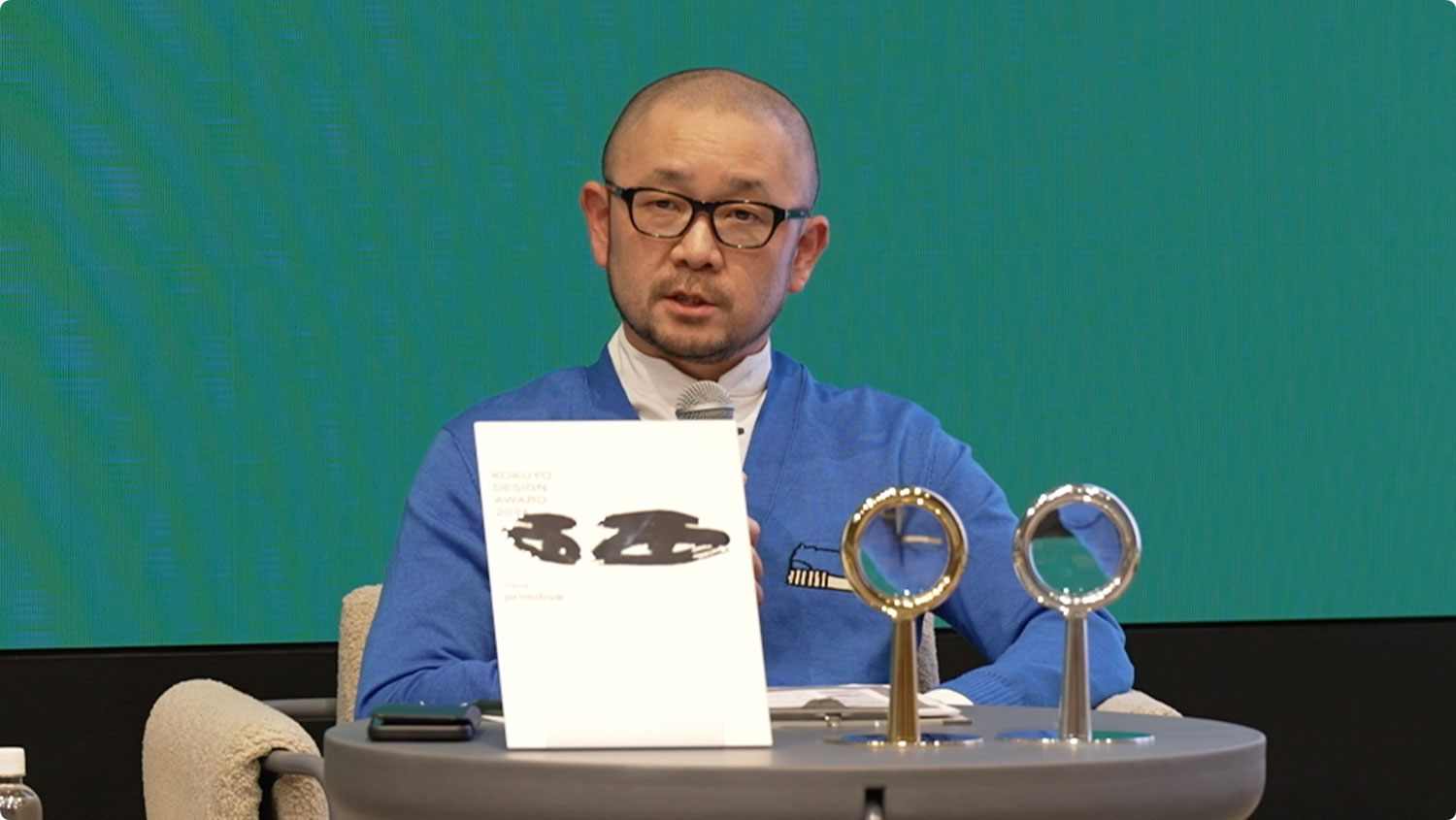
Shogo Kishino (Representative of 6D-K / Art Director and Graphic Designer)
“I was responsible for creating the key visual and realized for myself the difficulty of this year’s theme. We received a wide range of works with various interpretations, and we were able to judge them with keen interest.” (Shogo Kishino)
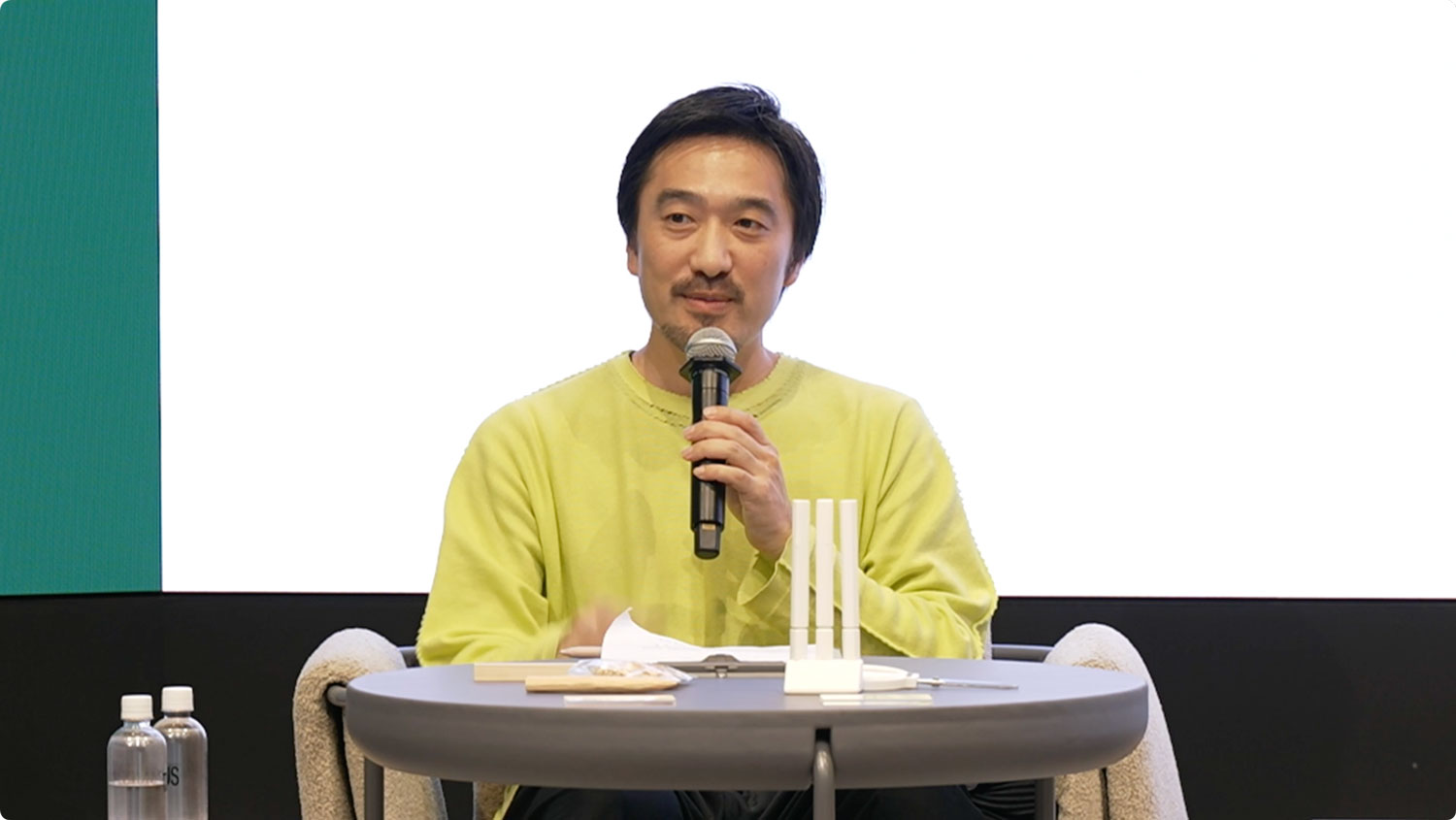
Tsuyoshi Tane (Founder of Atelier Tsuyoshi Tane Architects / Architect)
“There was some disagreement among the judges as to what primitive means, but the final outcome was quite creative.” (Tsuyoshi Tane)
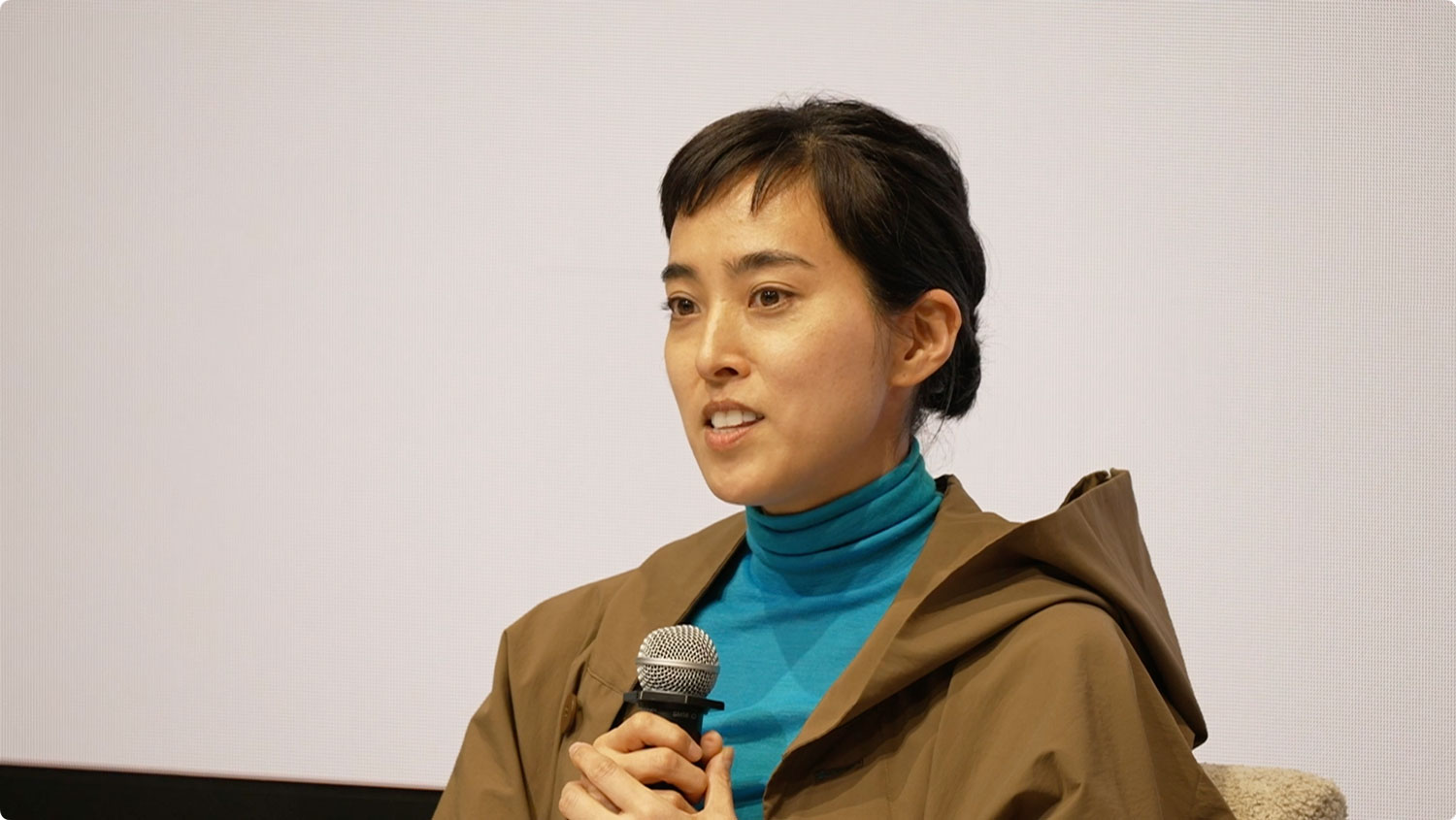
Nao Tamura (Designer)
“The winning works achieved a high level of balance between functionality and sensibility as product design.” (Nao Tamura)
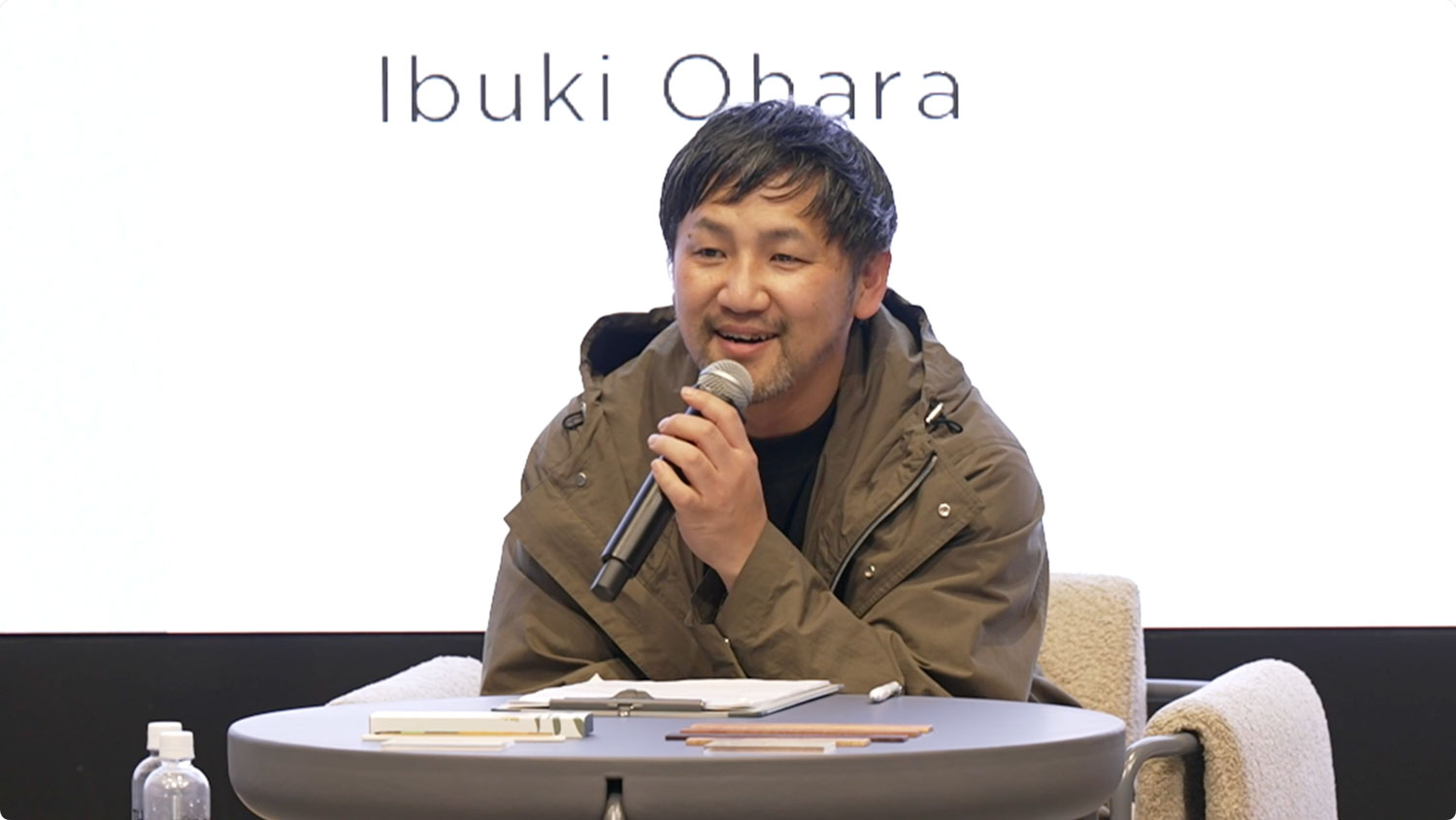
Teruhiro Yanagihara (TERUHIRO YANAGIHARA STUDIO / Designer)
“Although it was a product design competition, it was a good opportunity to learn about the current state of design.” (Teruhiro Yanagihara)
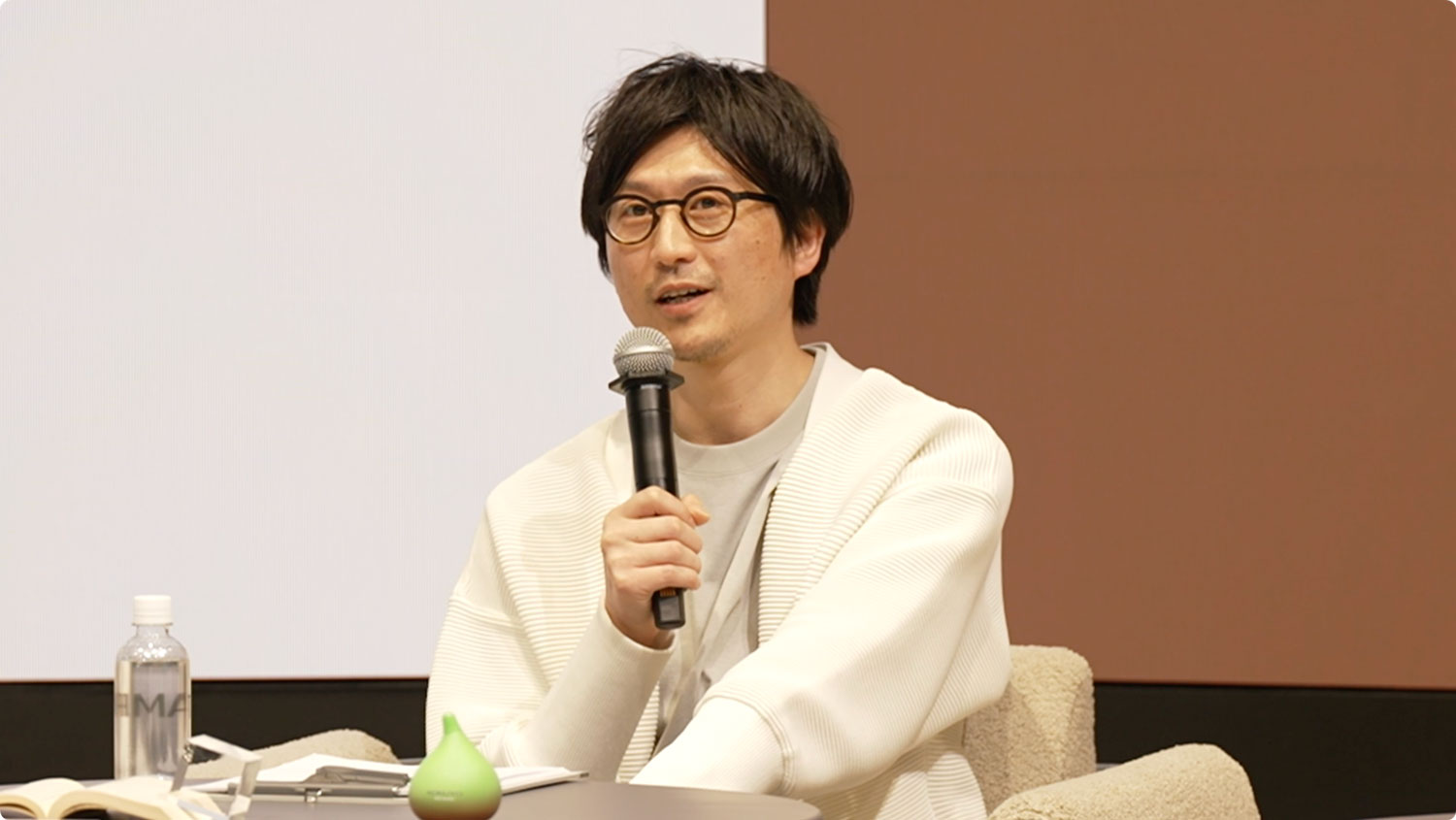
Satoshi Yoshiizumi (Principal of TAKT PROJECT Inc. / Designer)
“It also made me think about the direction of product design today, or how evaluation should be done.” (Satoshi Yoshiizumi)
In the second half of the talk, the judges gave their impressions of the 10 finalists’ works, and the creators shared their comments in response. “Do It Your stationery” is a proposal for a service that utilizes 3D printers to create user-specific stationery.
KOKUYO President Hidekuni Kuroda said, “It is interesting as a service design, but it would have been more advantageous if the proposal had delved deeper into product design.” The creator, Yasuyuki Yamada, confided, “I remained uncertain until the end whether to present something concrete or to encourage everyone to engage in contemplation.” When he said, “In my everyday research on design engineering for robots and automobiles, I find it challenging to design for a specific user,” the other judges resonated with his sentiments.
When Mao Fukasawa (Fukataka), the creator of “Drippy,” asked, “How did you feel when you actually touched the prototype?” Tane, who had initially recommended their work from the first screening answered frankly, “The prototype was disappointing.” He advised, “If you are aiming for the grand prix, you need to present it better, including the feel, durability issues, and preparation for the judges’ evaluation.”
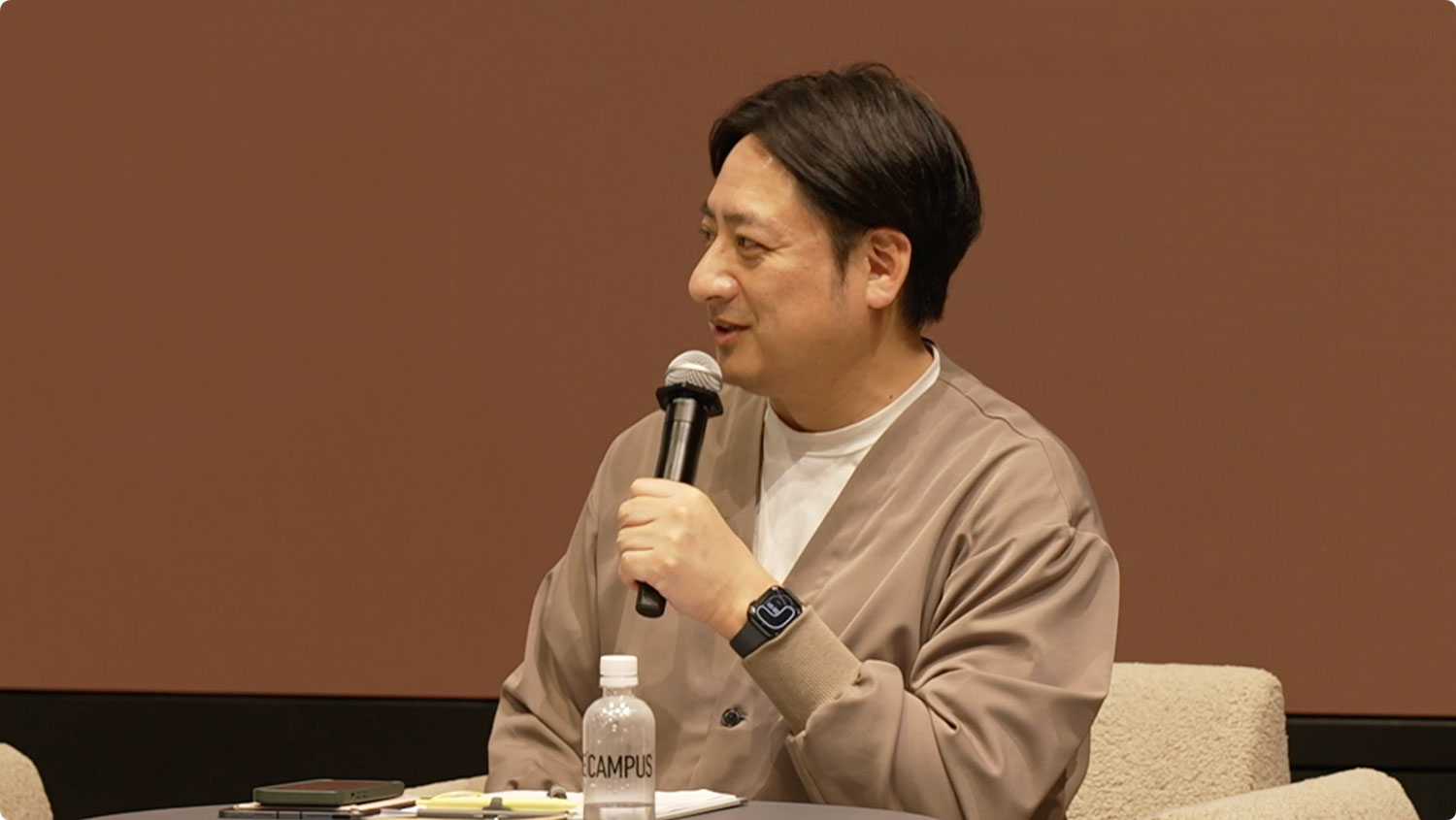
Hidekuni Kuroda (KOKUYO Co., Ltd. Representative Corporate Officer and President)
Lastly, KOKUYO President Kuroda, who has overseen the process over the past year as an organizer, concluded KOKUYO DESIGN AWARD 2024 with the following comments. “For 21 years, the KOKUYO DESIGN AWARD has been held with the belief that the power of design can make the world a better place, even if only a little. Thanks to all the applicants for their contributions, which have allowed us to continue. Whether you are selected as a winner of this award or not, I hope you continue to develop your ideas again from here, continue your design activities in your own way, and please apply again next year. Let’s continue expanding the possibilities of design together!”
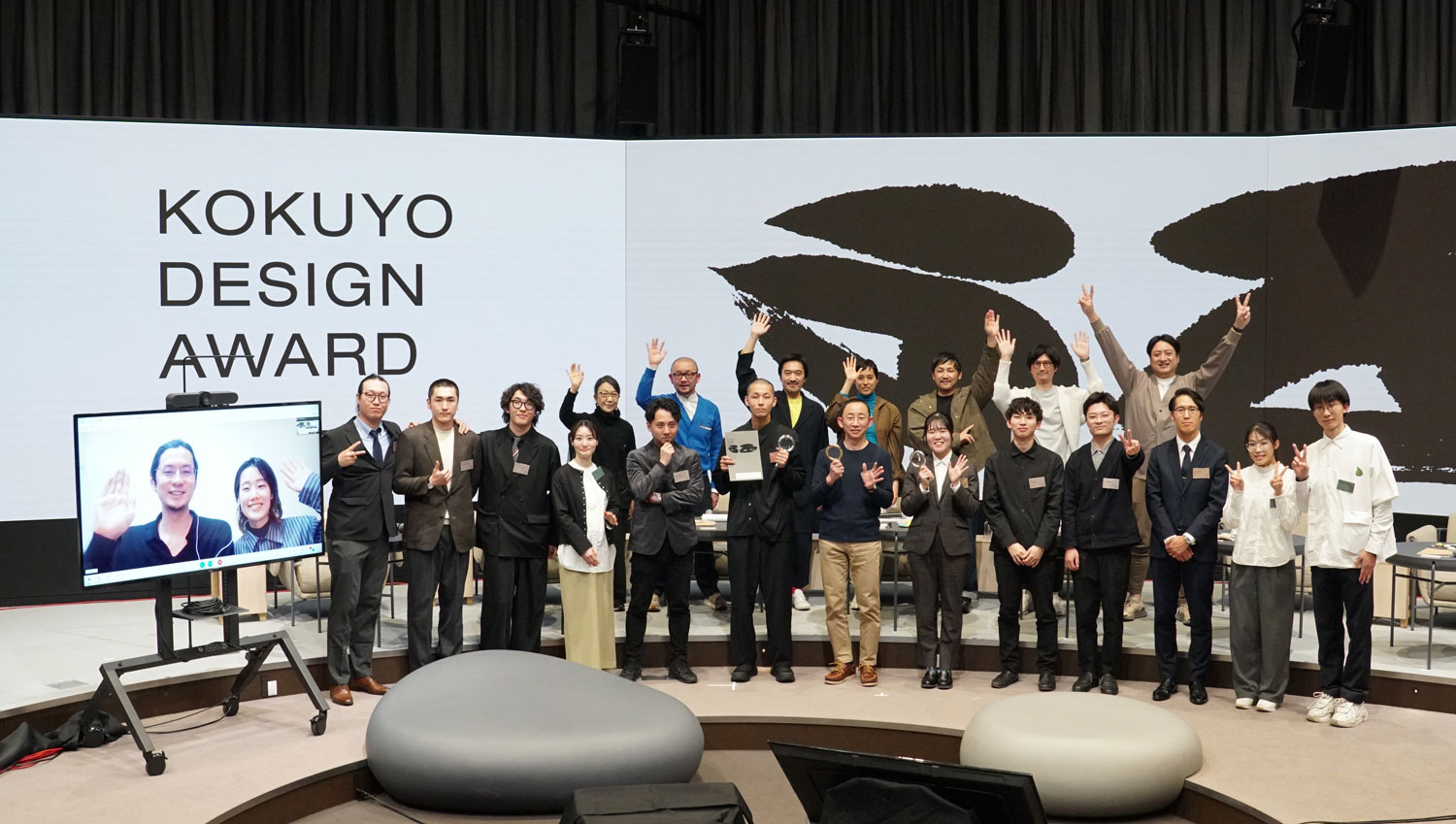
* Judge occupations and titles current as of the time the individual served as judge.

























